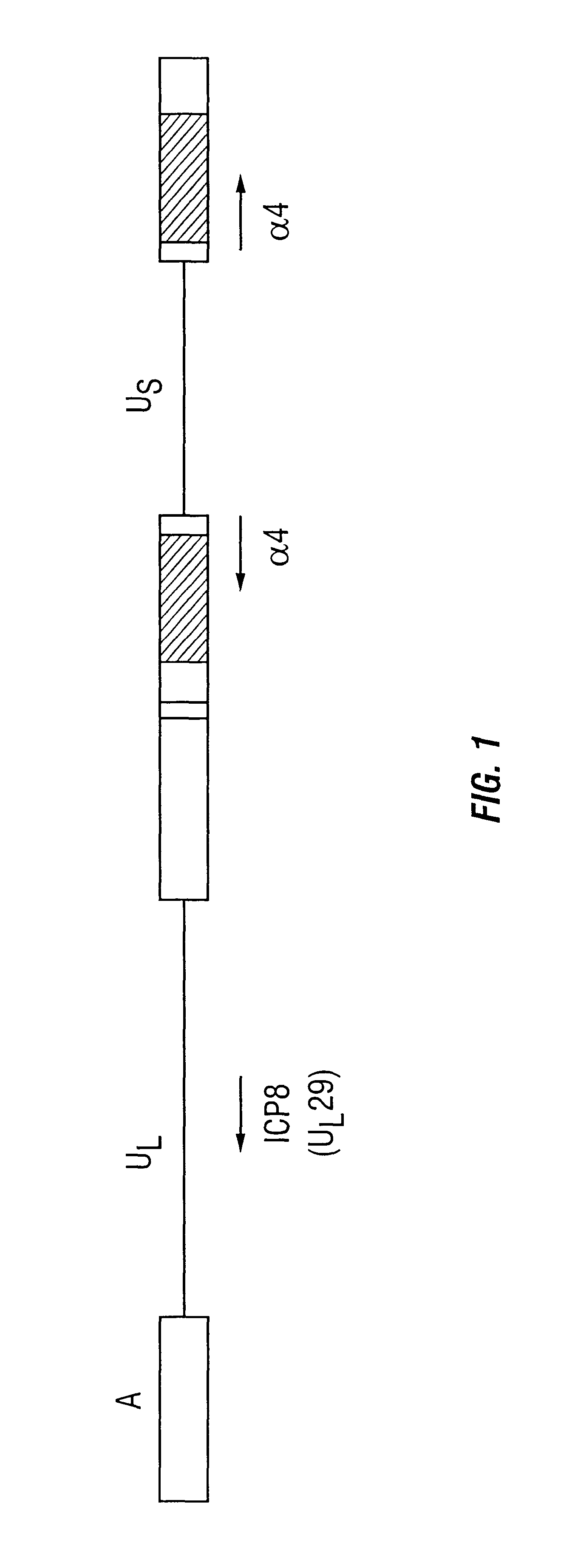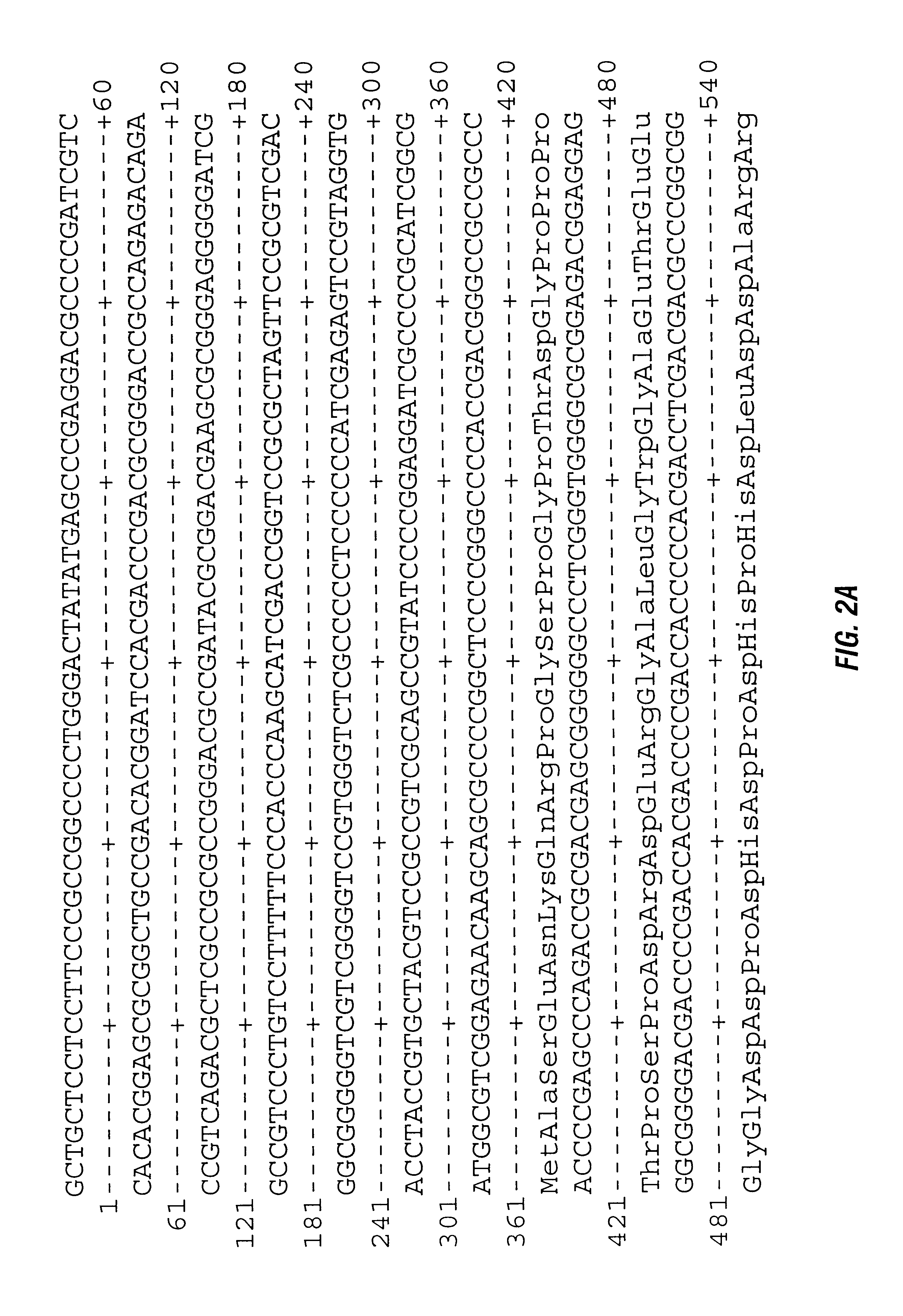Herpes simplex virus ICP4 is an inhibitor of apoptosis
a technology of apoptosis inhibitor and herpes simplex virus, which is applied in the field of molecular and cell biology, can solve the problems of high morbidity and mortality, association of neonates and brain infections, and range of disease severity and life-threatening effects
- Summary
- Abstract
- Description
- Claims
- Application Information
AI Technical Summary
Problems solved by technology
Method used
Image
Examples
example 2
Results
An HSV-1 mutant deleted in ICP4 induces apoptosis. In the first series of studies, Vero cells infected with wild-type or the d120 mutant were examined for morphologic evidence of apoptosis. Vero cells were fixed and harvested at 20 to 24 hrs after infection with wild-type or d120, embedded, sectioned, and examined in a Siemens 101 electron microscope. The cells infected with wild-type virus showed typical infected cell morphology, i.e., marginated chromatin, separation of inner and outer nuclear membranes, and accumulation of virus particles in some but not all cells. Cells infected with the d120 deletion mutant exhibited extensive condensation of chromatin, obliteration of the nuclear membrane, and extensive vacuolization and blebbing of the cytoplasm. It was estimated that approximately 40 to 50% of the infected cells exhibited some or all of the morphologic changes described above.
In the second series of studies, Vero cells were mock-infected or infected with 10 PFU of eit...
PUM
| Property | Measurement | Unit |
|---|---|---|
| Temperature | aaaaa | aaaaa |
| Inhibition | aaaaa | aaaaa |
Abstract
Description
Claims
Application Information
 Login to View More
Login to View More - R&D
- Intellectual Property
- Life Sciences
- Materials
- Tech Scout
- Unparalleled Data Quality
- Higher Quality Content
- 60% Fewer Hallucinations
Browse by: Latest US Patents, China's latest patents, Technical Efficacy Thesaurus, Application Domain, Technology Topic, Popular Technical Reports.
© 2025 PatSnap. All rights reserved.Legal|Privacy policy|Modern Slavery Act Transparency Statement|Sitemap|About US| Contact US: help@patsnap.com



